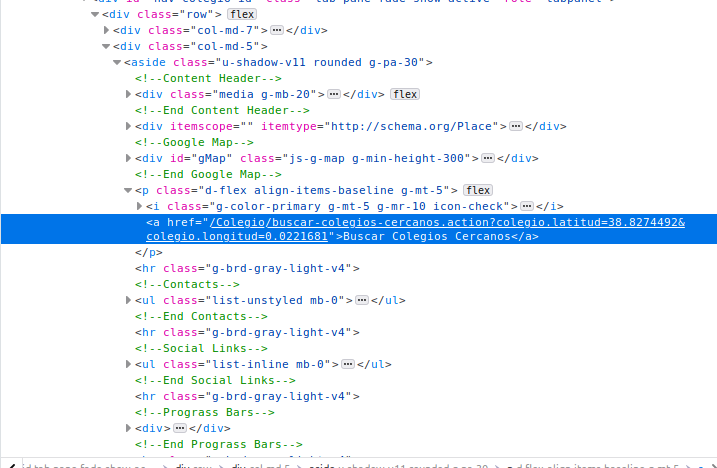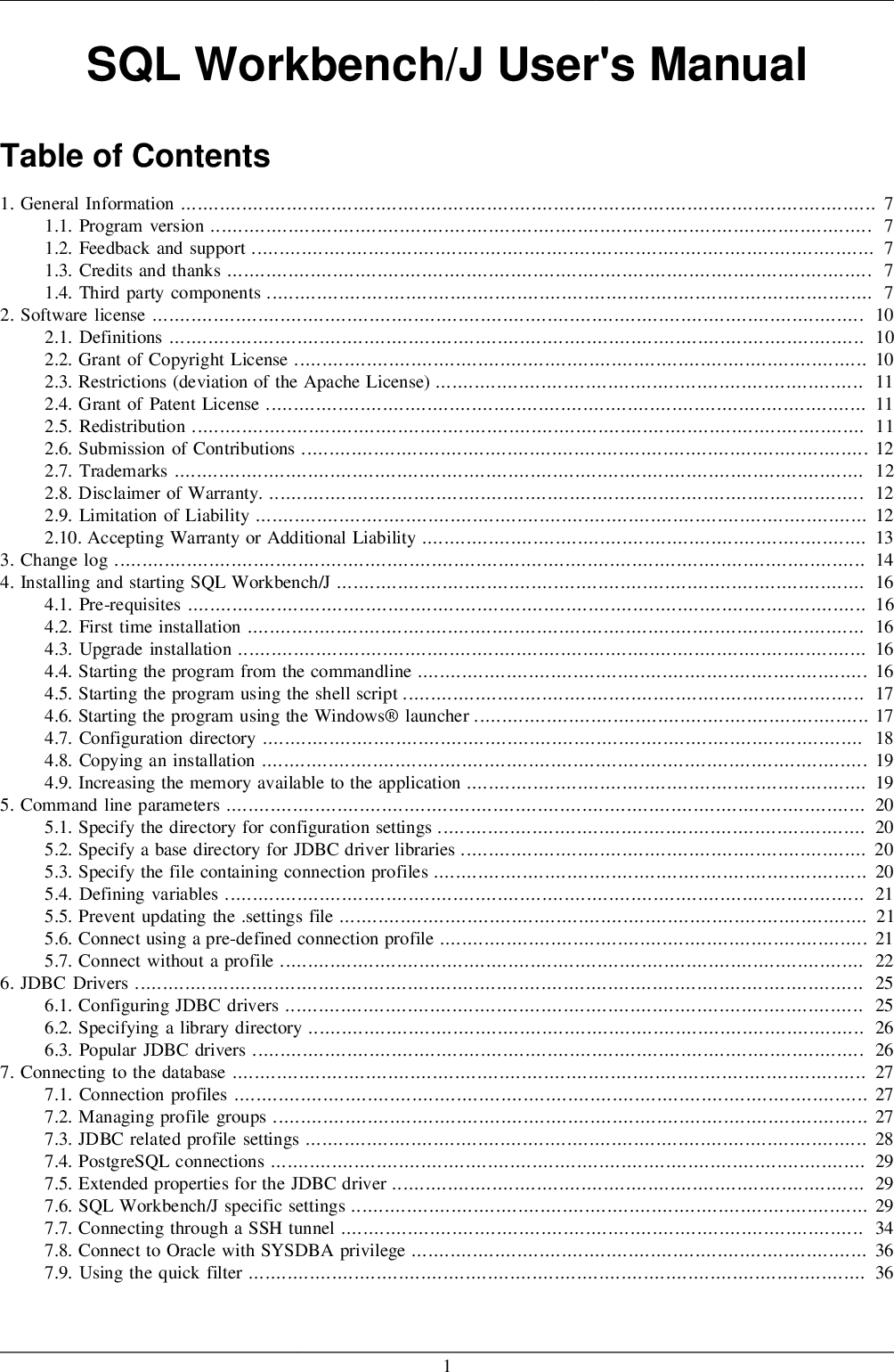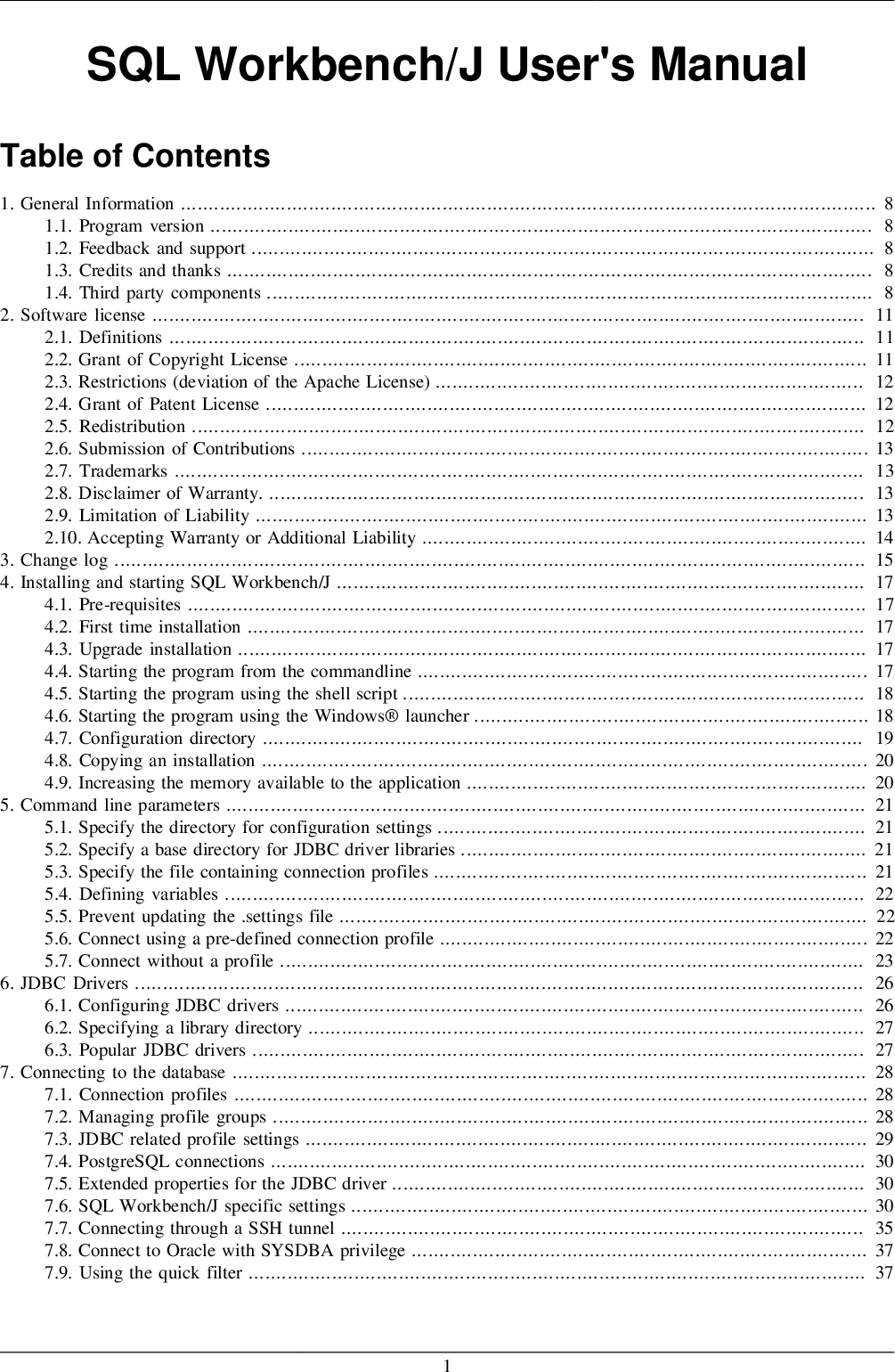

- #Mac header different first page word 2011 how to#
- #Mac header different first page word 2011 for mac#
For example, maybe you want your introduction and table of contents pages numbered with Roman numerals, but the main text of your document numbered with Arabic numerals.
 You want to number some pages differently. You’re creating a long document with multiple chapters and don’t want headers and footers (or want them to look different) on the title pages of each chapter. You still want the headers and footers at the vertical top and bottom of the pages, though. You have some graphics or spreadsheets in your document that you want on landscape-oriented pages, when the rest of the document is portrait-oriented. There are all kinds of reasons you might want to do this. If you want to change headers and footers within the document any more than we’ve already covered, you’ll have to break your document into sections. Create Different Headers and Footers for Different Sections of Your Document Unfortunately, that’s where the easy control of headers and footers in Word ends. You can then put anything you want there, and align it however you like. When you select that option, anything you have in the footers of even numbered pages is deleted. On that tab, select the “Different Odd & Even Pages” option. The header/footer region becomes active and you’ll see a new “Design” tab show up on your Ribbon with controls for dealing with headers and footers. To do this, double-click anywhere in either the header or footer region of a page to make those regions active. By far, the most common use of this feature is to have page numbers appear at the outer edges of facing pages-the way you see it done in most books. Create Different Headers and Footers on Odd and Even Pages Word also has a built-in option for creating different headers and footers for odd and even pages. When you select that option, any text already in the header and footer on the first page is deleted.Īlso note that the name of the areas on the first page change to “First Page Header” and “First Page Footer.” You can leave them blank, or you can fill the spaces with other text that will not impact the headers and footers on subsequent pages at all. On that tab, select the “Different First Page” option. First, double-click anywhere in either the header or footer region of a page to make those regions active. Whatever your reason, Word makes this easy.
You want to number some pages differently. You’re creating a long document with multiple chapters and don’t want headers and footers (or want them to look different) on the title pages of each chapter. You still want the headers and footers at the vertical top and bottom of the pages, though. You have some graphics or spreadsheets in your document that you want on landscape-oriented pages, when the rest of the document is portrait-oriented. There are all kinds of reasons you might want to do this. If you want to change headers and footers within the document any more than we’ve already covered, you’ll have to break your document into sections. Create Different Headers and Footers for Different Sections of Your Document Unfortunately, that’s where the easy control of headers and footers in Word ends. You can then put anything you want there, and align it however you like. When you select that option, anything you have in the footers of even numbered pages is deleted. On that tab, select the “Different Odd & Even Pages” option. The header/footer region becomes active and you’ll see a new “Design” tab show up on your Ribbon with controls for dealing with headers and footers. To do this, double-click anywhere in either the header or footer region of a page to make those regions active. By far, the most common use of this feature is to have page numbers appear at the outer edges of facing pages-the way you see it done in most books. Create Different Headers and Footers on Odd and Even Pages Word also has a built-in option for creating different headers and footers for odd and even pages. When you select that option, any text already in the header and footer on the first page is deleted.Īlso note that the name of the areas on the first page change to “First Page Header” and “First Page Footer.” You can leave them blank, or you can fill the spaces with other text that will not impact the headers and footers on subsequent pages at all. On that tab, select the “Different First Page” option. First, double-click anywhere in either the header or footer region of a page to make those regions active. Whatever your reason, Word makes this easy. 
Or, perhaps you want the first page footer to show some official disclaimer text for your company, and the footer in the rest of the document to show page numbers. Perhaps you have a title page where you want no header or footer at all.

Create a Different Header and Footer on the First Page One typical document convention is having a different header and footer on the first page of a document than shows up in the rest of the document. Note: We’re using Word 2016 for our examples in this article, but the techniques we’re talking about apply to pretty much any version of Word. For demonstration purposes, we’ve created a simple document that uses a plain text header with the words “How-To Geek” and a plain text footer with a page number (like in the image at the top of the article).
To go beyond that, you’ll need to create multiple sections in your document, and learn how to link and unlink headers and footers from the preceding section. For example, you can pretty easily have different headers and footers for odd and even pages, or you can have a different header and footer on the first page. Word features a few built-in ways to change up your headers and footers in a document.
One of the things that frustrates me when I try to print my documents in Microsoft Word for Mac 2011 is that, although my printer does double-sided. Learn the workaround for two-sided printing in MS Word for Mac and save paper and frustration in this tip by Alicia Katz Pollock of Royalwise Solutions.








 0 kommentar(er)
0 kommentar(er)
